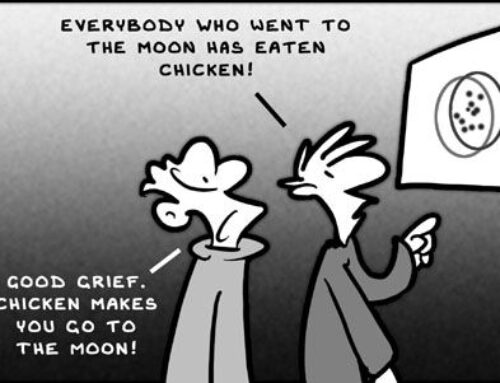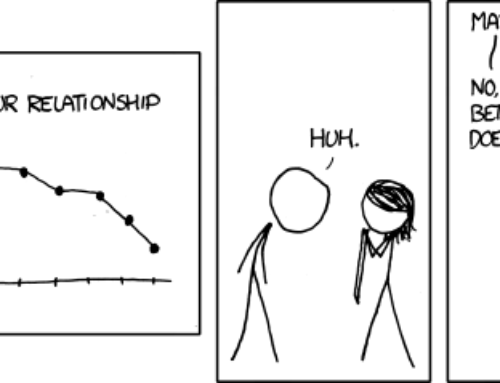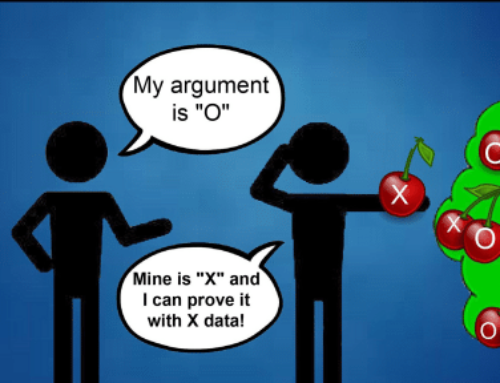Scottish poet Andrew Lang is credited with having first used these words on statistics sometime around the turn of the 20th Century:
“I shall try not to use statistics as a drunken man uses lamp-posts, for support rather than for illumination”.
Yet, we live in a world increasingly bombarded with data on a wide range of topics. They are often buried within press releases intended to promote a particular view or product. Statistics can be very powerful but many of us regard them with a degree of scepticism – and rightly so. It would be unusual for Mark Twain not to have commented on the subject and of course he did:
“Facts are stubborn things, but statistics are pliable”
Here he seems to have cut to the heart of the matter. We are suspicious of statistics not because of the numbers themselves but because of the motives of the people telling us about them. Manipulation of statistics has become something of a dark art. It is practised by everyone from politicians and journalists through to spin-doctors and PR Gurus. If you judge by the company it keeps, then statistics may have fallen in with a bad crowd.
The range of techniques used to make numbers give a false authority to arguments is growing all the time. Some of these techniques are plain to see (if you are prepared to look) whilst others are much less obvious. The good news is that you can train yourself to see through the tactics used to bend and distort the truth. In this series of blog posts we are going to examine just a few of the ways that data and statistics can be manipulated so that you will be able to cut through the message and see the true meaning in the data being presented. We will deal with five techniques:
- Using unreliable data sources
- Cherry picking favourable data
- Misleading visualisation
- Dubious methodology
- False correlations and causation
We have also pulled together some of the most (in) famous examples of these techniques at work. We hope that you will enjoy reading about them!
If you have any queries about data or statistics, please contact us
Quotes research from https://quoteinvestigator.com/2014/01/15/stats-drunk/






Thank you for sharing superb informations. Your web site is so cool. I’m impressed by the details that you have on this site. It reveals how nicely you perceive this subject. Bookmarked this web page, will come back for extra articles. You, my friend, ROCK! I found simply the information I already searched everywhere and simply could not come across. What a great web site.
Those are yours alright! . We at least need to get these people stealing images to start blogging! They probably just did a image search and grabbed them. They look good though!
I wanted to create you this very little word to be able to thank you the moment again for all the beautiful secrets you have contributed on this website. It’s really particularly generous with people like you in giving extensively what many individuals could have made available as an e-book to end up making some money on their own, certainly now that you could possibly have tried it if you ever considered necessary. These advice additionally served to become a easy way to understand that many people have the identical desire really like my own to learn more when it comes to this problem. I know there are numerous more pleasurable sessions ahead for many who go through your website.
I view something genuinely interesting about your web blog so I saved to fav.
I wish to voice my gratitude for your generosity for those people who actually need guidance on this important idea. Your real dedication to passing the message all through has been pretty informative and has enabled ladies like me to arrive at their desired goals. Your new invaluable guide can mean much a person like me and much more to my peers. Warm regards; from each one of us.
Together with every thing which appears to be developing inside this subject material, your perspectives happen to be very refreshing. However, I beg your pardon, but I can not subscribe to your entire theory, all be it exciting none the less. It seems to everybody that your commentary are generally not totally justified and in fact you are yourself not even totally convinced of your point. In any event I did enjoy reading through it.
I must express appreciation to you just for rescuing me from this particular issue. Right after surfing throughout the the net and finding tricks which are not pleasant, I figured my entire life was gone. Existing minus the solutions to the issues you have solved through your article content is a critical case, as well as those that would have badly damaged my career if I had not discovered your web blog. Your own personal competence and kindness in maneuvering a lot of stuff was helpful. I’m not sure what I would have done if I had not encountered such a subject like this. I can at this moment relish my future. Thanks for your time very much for the professional and amazing guide. I will not be reluctant to refer your blog to any person who needs to have care on this subject.
Hi there colleagues, its impressive piece of writing on the topic of teachingand entirely defined,keep it up all the time.
Greate article. Keep writing such kind of info on your blog. Im really impressed by your blog. Adan Zeke Burman